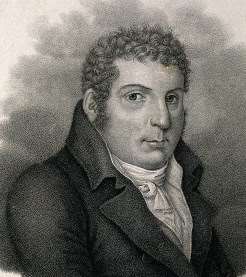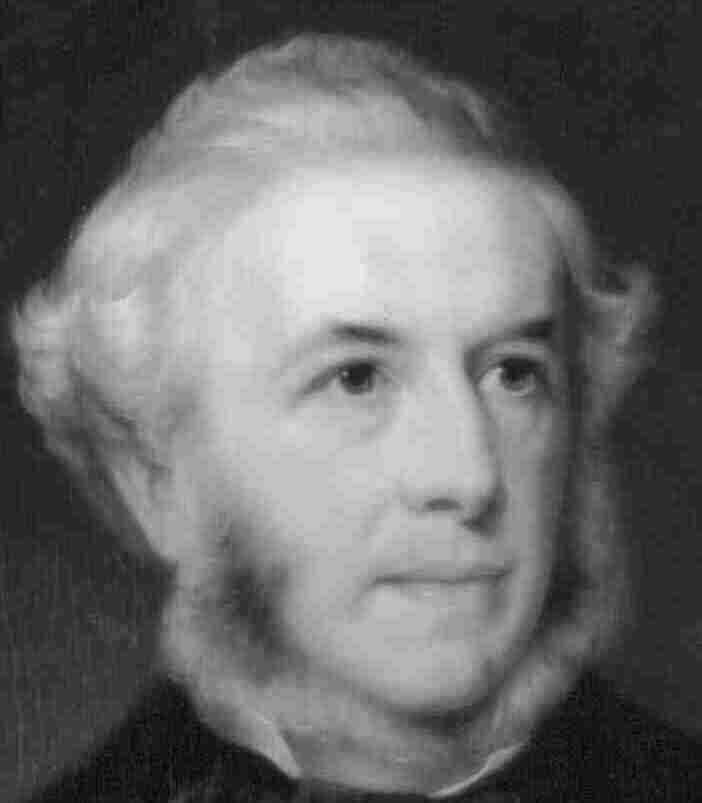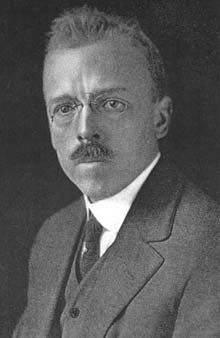2014 Hall of Fame Inductees
Appears in Print as: 'If There Were a Plating Hall of Fame ... Here's Our Choices'
Brugnatelli, Wright, Ramankiw, Fink and Schwartz would be our picks to go in first if there was a Plating Hall of Fame.
#finishinghalloffame #surfin #pollutioncontrol
With this year’s NASF Sur/Fin show taking place in Cleveland, just a few blocks from the Rock & Roll Hall of Fame, we wondered who would be the first people to make it into the electroplating hall of fame, if there ever were one.
Some of the names we came across we no-brainers: Luigi Brugnatelli and John Wright were inventors and scientists whose discoveries are still being used today in plating shops all across the United States and the world.
Featured Content
With others, we had to do some research to find out what contributions they came up with, and—more importantly—if those developments were their original discoveries and processes, or a spin-off from someone else’s.
For example, many people credit the Elkington brothers in Great Britain with bringing electroplating to the industrial movement in Europe in the 19th century, but some digging uncovered that the brothers actually purchased the technology from Wright, who, we already thought should be a first-ballot selection.
We searched high and low, read passages from collegiate classes on electroplating, and went back over white papers on the foundations of the industry, and we think we have come up with what would be a very admirable first class: Brugnatelli, Wright, Lubomyr Ramankiw, Colin Fink and Kevie Schwartz.
One of the more remarkable bits of information we came across during our research was the most obvious: There isn’t an actual electroplating hall of fame. Why not?
There are HOFs for nearly all other industries, and we think it would be a good idea to spread the concept to help recognize those in our industry—people, companies and processes—and provide a sense of history, perspective and accomplishment to the great men and women who helped create the industry on which so many of us earn our livelihoods.
So Products Finishing magazine presents this historical offering of the inaugural class of the Plating Hall of Fame with the hopes that we can continue to put together a cross section of industry leaders, historians, researchers and scientists and make this an annual tradition.
Interested in serving on panel to further develop the Plating Hall of Fame? Please drop me a note at tim.pennington@pfonline.com. Have someone you would like to see nominated? Reach out to me. I look forward to hearing from you all as we to try recognize the past while preparing for the future.
Luigi Brugnatelli
1761-1818
Many have called the Italian chemist the person who invented modern electroplating in 1805. Brugnatelli was reported to have performed electrodeposition of gold using the voltaic pile, a device invented by his colleague, Allessandro Volta.
John Wright
1808-1844
The Birmingham, England, surgeon discovered that potassium cyanide was a suitable electrolyte for gold and silver electroplating, but he sold his technology to the Elkington brothers, who patented the process in 1840 and gained fame and fortune as it spread throughout Europe shortly thereafter.
Colin Fink
1881-1953
A professor who was the head of Columbia University’s Division of Electrochemistry from 1921 to 1950, his research discoveries included an insoluble anode for electrowinning copper, the development of hot-dipped aluminum coatings and a commercial process for chromium plating. He was the author of more than 200 papers and held many patents.
Kevie Schwartz
1902-1974
A student of Professor Fink, he developed a process and apparatus for electroplating that became a commercial success after he received a patent for it in 1928. Schwartz discovered the use of chromium as a soluble anode in acid chromium depositing baths containing CrO as the main electrolyzable component, which led to a more efficient plating process. He eventually ran the Chromium Products Corp.
Lubomyr Romankiw
1931-
His research into thin-film technology for IBM exploded in the 1970s after he and fellow IBM researcher David Thompson invented plating-through-mask technology, new plating electrolytes and a new plating cell design that was used to develop magnetic thin-film storage heads for computers. This started the boom in the electronics era.
RELATED CONTENT
-
Electroless Nickel Coatings: Appearance, Gloss and Surface Morphology
For decorative coatings, appearance is the essential purpose for application, but also for functional surface finishes it becomes increasingly relevant as an added value on top of specified technical requirements. Appearance is affected by spectrum and intensity of incident light, roughness and morphology of the coating surface, optical properties of the coating material, eventual superficial oxide films, and individual perception. The predominant factor is surface roughness, which in turn depends on base material roughness, quality of substrate pretreatment, and nucleation and growth kinetics of the electroless nickel (EN) deposit. Interdependency of gloss measurements with roughness measurements and with chemical composition of coatings was investigated for new generation mid-P EN processes and compared to traditional ones.
-
Electroless Nickel-plated Steel versus Stainless Steel: Case Studies
This paper highlights two case studies of manufacturers that have replaced, or done studies to replace, stainless steel with electroless nickel-plated mild steel. In both cases, cost savings could be realized while maintaining or improving product quality.
-
Aluminum Surface Finishing Corrosion Causes and Troubleshooting
In this paper, a review of several process solutions, examining coolants, solvent cleaning, alkaline clean/etch and deoxidizing/desmutting, listing intended and unintended chemical reactions along with possible mechanisms that would favor corrosion formation.























